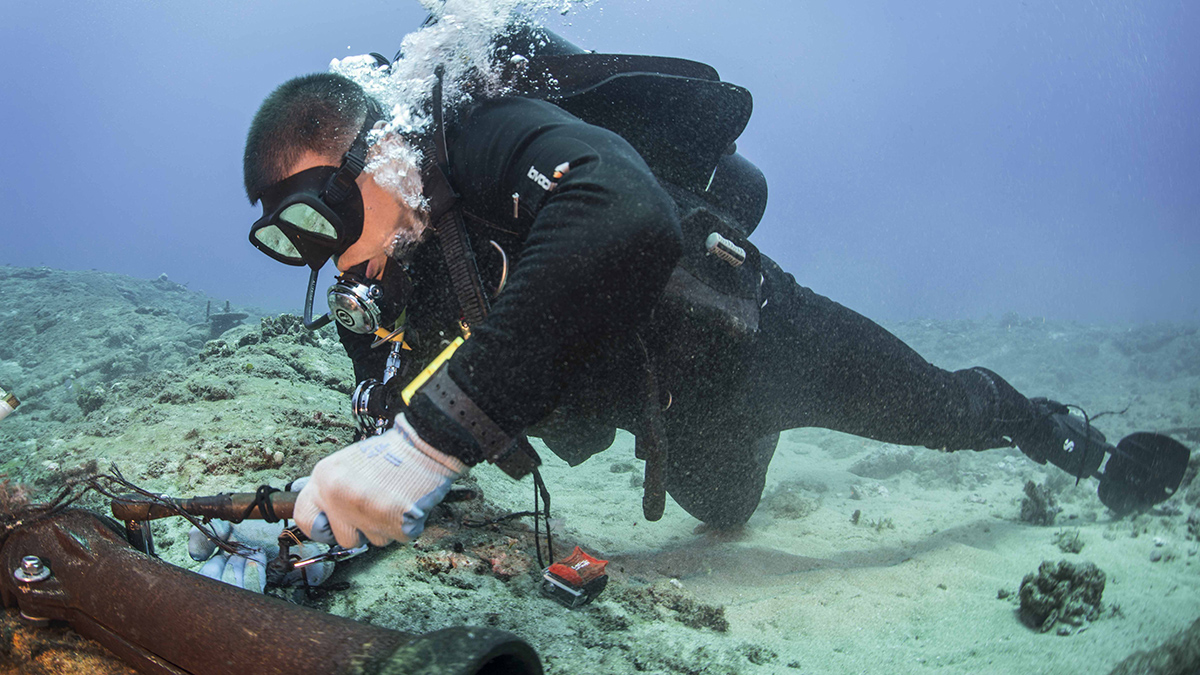Source: Geophysical Research Letters
Monitoring changes in water temperature and pressure at the seafloor can improve understanding of ocean circulation, climate, and natural hazards such as tsunamis. In recent years, scientists have begun gathering submarine measurements via an existing infrastructure network that spans millions of kilometers around the planet: the undersea fiber-optic telecommunications cables that provide us with amenities like Internet and phone service.
Without interfering with their original purpose, the cables can be used as sensors to measure small variations in the light signals that run through them so that scientists can learn more about the sea. Liu et al. recently developed a new instrument, consisting of a receiver and a microwave intensity modulator placed at a shore station, that facilitates the approach.
Transcontinental fiber-optic cables are divided into subsections by repeaters, instruments positioned every 50 to 100 kilometers that boost information-carrying light signals so that they remain strong on the journey to their destination. At each repeater, an instrument called a fiber Bragg grating reflects a small amount of light back to the previous repeater to monitor the integrity of the cable.
By observing and timing these reflections, the new instrument measures the changes in the time it takes for the light to travel between repeaters. These changes convey information about how the surrounding water changes the shape of the cable, and the researchers used that information to infer properties such as daily and weekly water temperature and tide patterns. Most previous work using telecommunications cables for sensing efforts treated the entire cable as a single sensor, and work that did use them for distributed sensing required ultrastable lasers. This instrument allowed the team to do distributed sensing using more cost-effective nonstabilized lasers.
The research team included geophysicists, electronics engineers, and cable engineers. They tested the instrument over 77 days in summer 2024 on EllaLink, an operation cable with 82 subsections running between Portugal and Brazil. As temperatures and tides rose and fell, the transatlantic cable stretched and contracted, providing measurable changes in the light traveling within it.
The study showed that the existing network of submarine cables could be a valuable resource for monitoring ocean properties, enabling everything from early tsunami warnings to long-term climate studies. (Geophysical Research Letters, https://doi.org/10.1029/2024GL114414, 2025)
—Saima May Sidik (@saimamay.bsky.social), Science Writer


